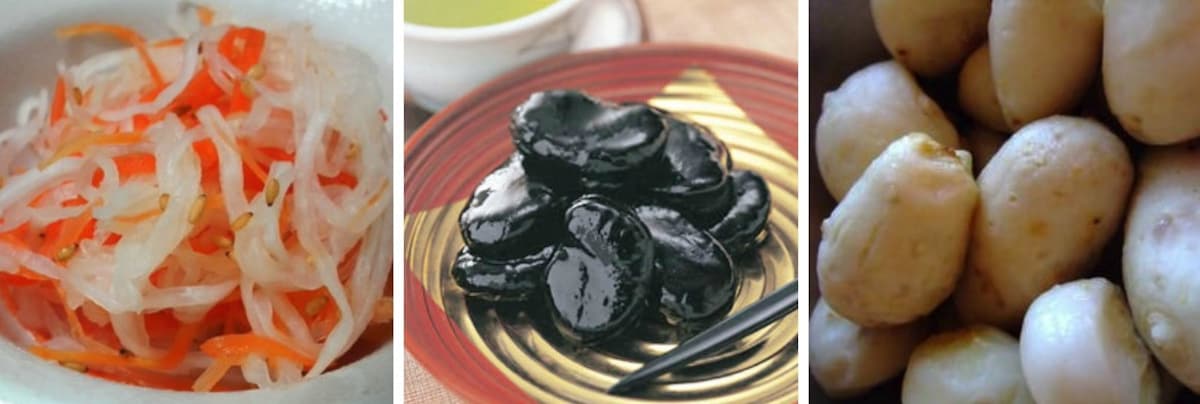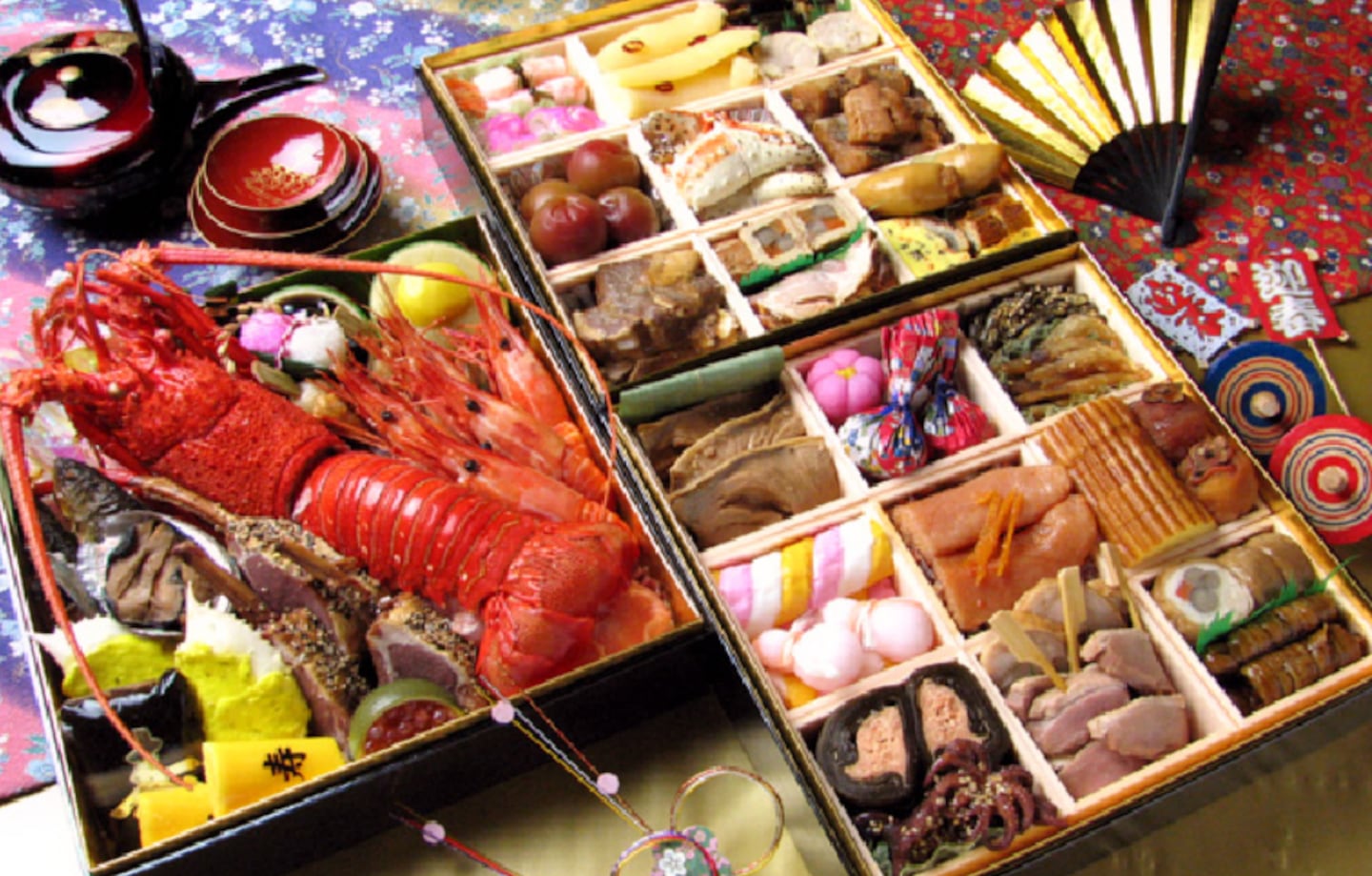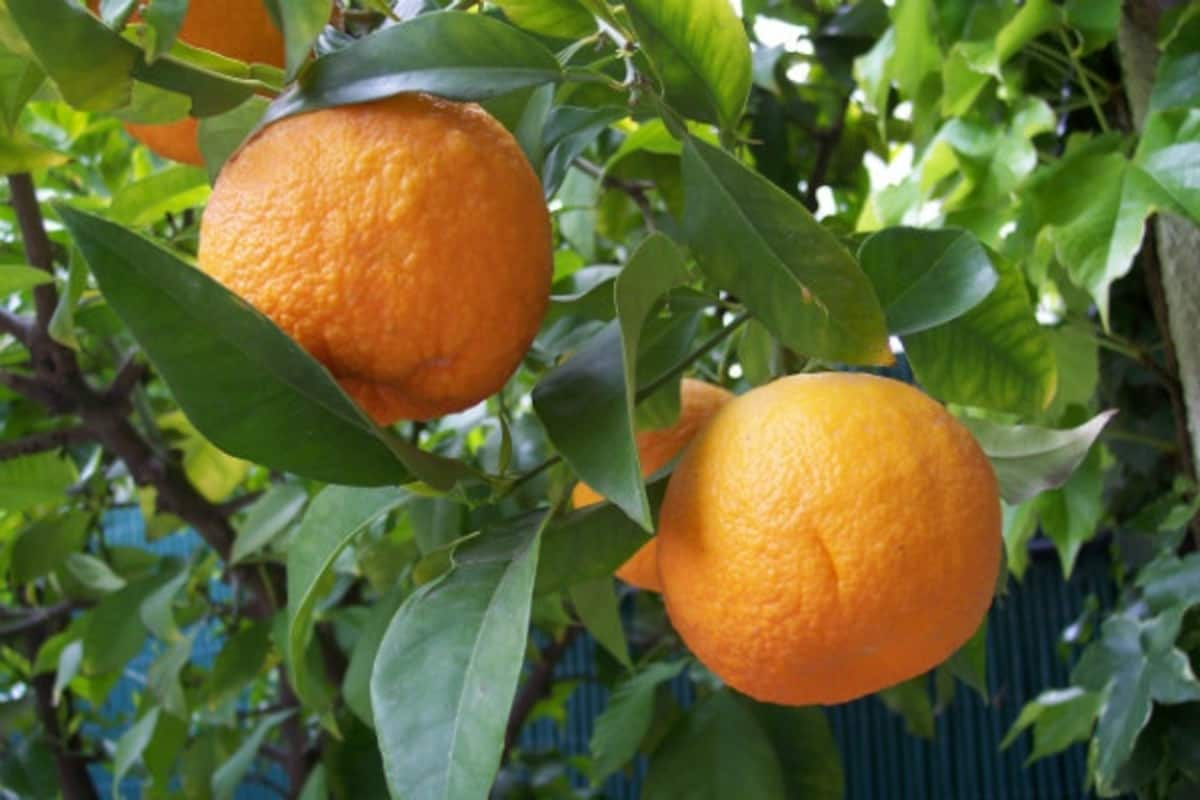The Complete Guide to Osechi Ryori
Osechi ryori is arguably the most important meal of the year, each dish serving as a symbol or wish for the coming year. The food is even eaten in a special way by using chopsticks that are rounded on both ends; one side for humans to use, one side for the gods. Let’s take a look at the meanings behind some of these dishes!
By SoraNews24Kuromame, Kazunoko & Tazukuri

Kuromame—black soy beans seasoned with sugar & soy sauce
In Japanese, the word for bean, mame, also sounds like the word for “hard work and good health.” Eating this food during New Year’s is a symbol of good health for the coming year.
Kazunoko—herring roe
Herring roe contains many tiny eggs in a tight cluster, and is eaten as a wish for an abundant harvest and fertility.
Tazukuri—dried anchovies
Tazukuri literally translates as “making rice crops,” and eating these tiny fish on New Year’s symbolizes a bountiful harvest.
Gobo, Hoshigaki & Nishiki Tamago

Gobo—burdock root seasoned with sesame or vinegar
Because the roots of the burdock plant grow deep into the ground and also represent a crane (the symbol of a fruitful year), burdock is eaten as a wish for good health and an abundant harvest.
Hoshigaki—dried persimmon
Because the skin of dried persimmon resembles the wrinkled skin of an old person, dried persimmons are eaten as a wish for a long life.
Nishiki Tamago—brocade egg
Boiled egg is separated and strained through a fine sieve and mixed with sugar and salt. The fine pieces of yolk and white are then packed into a mold and lightly steamed. The bright and festive yellow and white colors of nishiki tamago make it a New Year’s staple.
Datemaki, Kohaku Kamaboko & Kuri Kinton

http://en.rocketnews24.com/2013/01/03/%E3%80%90japanese-culture%E3%80%91the-meaning-behind-osechi-ryori-traditional-new-years-food-in-japan/
Datemaki—sweet omelet mixed with fish paste or shrimp
Because datemaki looks like a scroll, eating this dish on New Year’s is a wish for scholarship and culture.
Kohaku Kamaboko—Japanese fishcake
The shape of kamaboko is said to resemble the first sunrise of the New Year. In addition, the pink (red) and white color of kohaku kamaboko is a good omen because the color red is believed to be a talisman against evil, while white signifies purity (kohaku indicates the red and white colors of this particular seasonal fishcake).
Kuri Kinton—mashed sweet potatoes & chestnuts
The word kinton means golden dumpling, and is used to symbolize treasures of gold and silver. Eating kuri kinton is a wish for economic fortune in the New Year.
Surume, Kuwai & Konbu Maki
Surume—cuttlefish
Cuttlefish is known as symbol of celebration.
Kuwai—root of the Sagittaria plant, also known as “Katniss” in the US
Because the kuwai plant begins to sprout with a single root, it's said to be an auspicious sign. The single sprout also symbolizes a successful career.
Konbu Maki—dried herring wrapped in seaweed
The word konbu is a play on words meaning, “to be happy” (coming from a mispronunciation of the latter part of the verb ”yorokobu”). Much like the rolled shape of datemaki, the shape of konbu maki symbolizes a wish for scholarship and culture.
Yakizakana, Ebi & Subasu

http://en.rocketnews24.com/2013/01/03/%E3%80%90japanese-culture%E3%80%91the-meaning-behind-osechi-ryori-traditional-new-years-food-in-japan/
Yakizakana—grilled fish
Grilled fish is eaten as a prayer for a successful career. Some fish have other specific meanings as well. For example, eating grilled sea bream is a wish for happiness, and eating grilled eel is a prayer for the success of rapid promotion.
Ebi—shrimp
Because of their long antennae and curved body (like the curved back of the elderly), shrimp are a symbol of longevity, and are eaten during the New Year. Shrimp are also a symbol of renewing life because the animal molts its skin.
Subasu—vinegar lotus root
Lotus root, with its many holes, is a symbol of an unobstructed view of the future.
Kohaku Namasu, Otafuku Mame & Satoimo

http://en.rocketnews24.com/2013/01/03/%E3%80%90japanese-culture%E3%80%91the-meaning-behind-osechi-ryori-traditional-new-years-food-in-japan/
Kohaku Namasu—red & white vinegar daikon & carrots
This dish represents a mizuhiki, a decorative cord made out of twisted rice paper that's used on special occasions. Red and white is a persistent color scheme in many osechi dishes, symbolizing a good omen.
Otafuku Mame—large broad bean
The kanji for “many” and “fortune” is used in the name of this dish, which represents an invitation for good fortune.
Satoimo—taro
One taro plant produces many taro roots, and has come to symbolize a prayer for children.
Daidai—Japanese bitter orange
The word dai-dai can also mean “from generation to generation.” Eating daidai fruit during the New Year signifies a wish for children.
Related Stories:
Six non-traditional osechi New Year’s meals in Japan
What’s really for breakfast? 20 Japanese people give us a peek at their morning meal
Beautiful hydrangea pattern adds a touch of elegance to traditional Japanese fish cake






